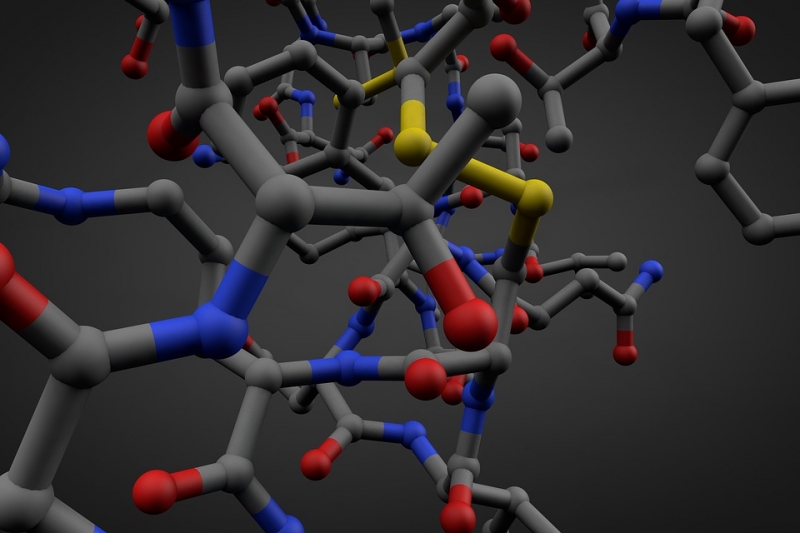Nanotechnology (nanotech) has been described by some as the next Industrial Revolution. After more than 20 years of focused research and development, its application is growing and providing benefits and challenges. It already has footing in diverse commercial industries that span from cosmetics to aerospace with expectations of exponential growth. Its extraordinary properties make the unimaginable possible, but in that magic come concerns around environment, health, safety, and ethics that sometimes make nanotech seem more like the Wild West. Here are some takeaways from my years of wrestling with the nanotech genie.
Nanotech is the manipulation of atomic-scale matter to create functional materials, devices, and systems that possess unique properties and capabilities. It is a tale of invention and the “figuring out” it takes to bring that creation to market safely. Has it already become commonplace? Is its widespread use safe? What can we expect in the coming years?
A 2014 U.S. Government Accountability Office (GAO) report described nanotechnology as a “future megatrend that will potentially match or surpass the digital revolution’s effect on society and the economy.” GAO anticipated further scientific breakthroughs that will fuel new engineering developments, continued movement into the manufacturing sector, and more intense international competition. The American Society of Mechanical Engineers anticipates that nanotech will touch all aspects of life by 2020.
But nanotech is already here, and its use is growing.
Nanotech elements can be found in numerous industrial and consumer products within the chemical, electronics, environmental, biomedical, automotive, and aerospace industries. Nanotech can also be found in everyday products, including:
- Clothing: Nanoscale additives can help with stain resistance, wrinkling, and bacterial growth. Nanomaterials used in body armor can provide lightweight ballistic energy deflection. Applying flexible nanoscale sensors and electronics to make “smart fabrics” may yield capabilities for health monitoring, solar energy capture, and energy harvesting through movement.
- Glass: Nanoscale coatings on windows, eyeglasses, computers, and camera displays can make them electrically conductive, water- and residue-repellent, antireflective, self-cleaning, resistant to ultraviolet or infrared light, anti-fog, scratch-resistant, and/or antimicrobial.
- Super strength materials: Nanoscale additives in polymer composite materials are being used in many end-products like sports equipment, automobile parts, luggage, and power tool housings to make them lightweight, stiff, durable, and resilient.
And a report from the Congressional Research Service, Nanotechnology: A Policy Primer, predicted that nanotech will significantly impact our lives in the next 10 years. Expected areas of growth include:
- detection and treatment technologies for cancer and other diseases;
- renewable power;
- water treatment;
- high-density memory devices, faster data access;
- higher crop yields and improved nutrition;
- self-healing materials;
- toxin and pathogen sensors; and
- environmental remediation.
Is It Safe?
Given the widespread and increasing use of nanotech, many are asking, is nanotech safe? The simple answer is, we don’t know. Many times, unique properties of nanomaterials are different than the properties of their regular-size counterparts. Many variables may affect the toxicity of nanomaterials, such as size, shape, surface area, crystal structure, and agglomeration state, to name just a few. The variants give rise to human health, environmental, and occupational concerns. Simply put, the risks associated with nanotech are largely unknown at this time.
In Approaches to Safe Nanotechnology—Managing the Health and Safety Concerns Associated With Engineered Nanomaterials, the National Institute for Occupational Safety and Health states: “Based on human and animal studies, some airborne nanoparticles can be inhaled and deposited in the respiratory tract; and based on animal studies, nanoparticles can enter the blood stream and translocate to other organs.”
 In addition, nanotech raises potential environmental issues related to water and soil contamination as well as concerns regarding the degradation, migration, and fate of nanomaterials after product use and disposal. But available environmental testing data is limited at best.
In addition, nanotech raises potential environmental issues related to water and soil contamination as well as concerns regarding the degradation, migration, and fate of nanomaterials after product use and disposal. But available environmental testing data is limited at best.
There are also occupational concerns related to potential exposure to nanomaterials in the workplace, as well as difficulties in monitoring due to nanomaterial’s small size and limited protocols and methodologies. Additionally, there are potential catalytic reaction and fire and explosion hazards. When considering how best to protect human safety, the effectiveness of some personal protective equipment has not been tested against some types of nanomaterials.
Looking Ahead
In the absence of nano-specific mandates, proactively developing environmental, health, and safety (EHS) approaches on the use of nanomaterials is critical for managing potential liabilities. At AECOM, our clients are already allocating significant resources to nanotech R&D, as well as bringing nanotech-based products to the marketplace. In addition, all of our clients will eventually be end-users of nanotech-enabled products. AECOM has therefore developed procedures and best practices to ensure that nanomaterial use is evaluated and safely integrated. These include:
- preparing a risk evaluation and EHS programs that address potential occupational concerns;
- training employees;
- completing audits to document adherence with accepted guidelines; and
- monitoring evolving status of guidelines and standards specific for nanotech.
Successful planning should reach across market sectors. For example, AECOM’s Nanotechnology Initiative team includes experts in EHS, risk and risk communication, industrial hygiene, water treatment, process engineering, investigation and remediation, transportation, and building engineering. Likewise, companies should continually expand their capacities and capabilities to effectively address the explosion of nano-enabled product offerings.
There is no doubt that the future will present more and more nano-enabled products to the consumer and business marketplace. Significant efforts are currently underway by governments, research institutions, and industry leaders to answer critical questions about nanotech’s potential impact on the health and safety of workers, consumers, and the environment. As the use and applications of the technology continue to evolve, it’s prudent to wrestle with the nantotech genie proactively by developing a program that stays ahead of the curve.
